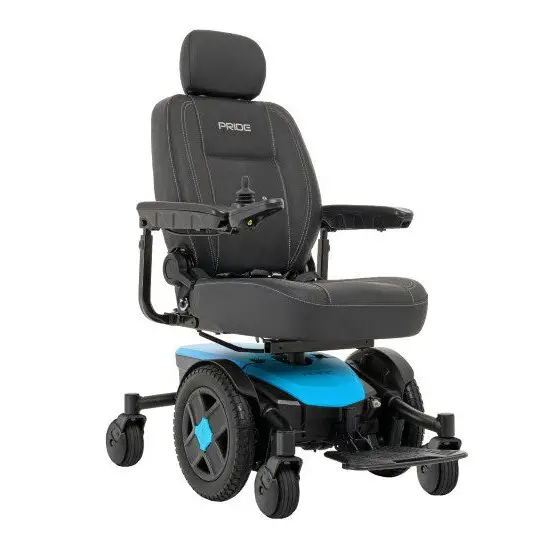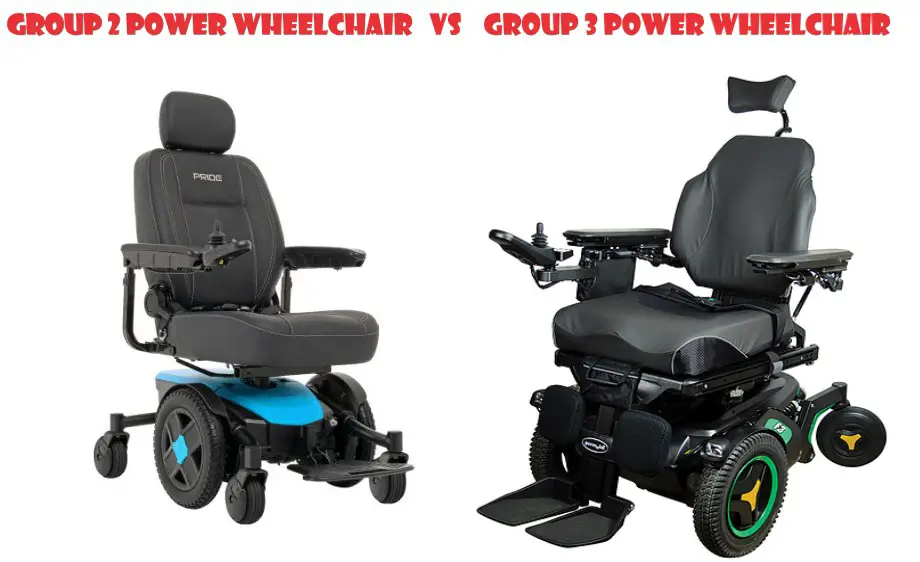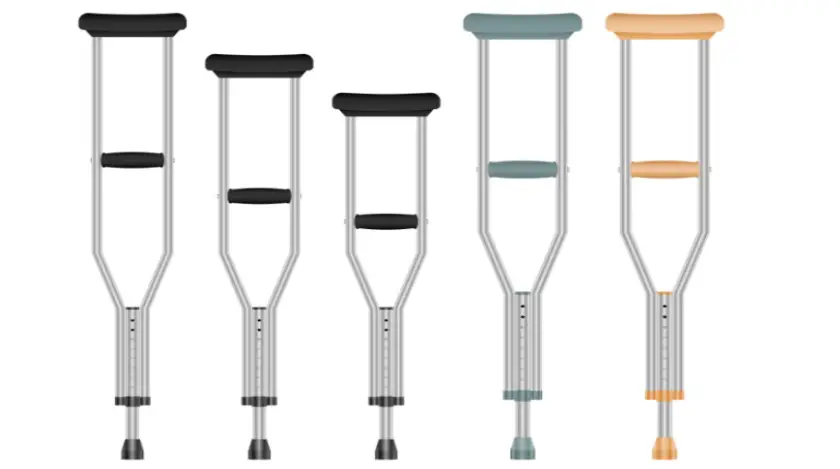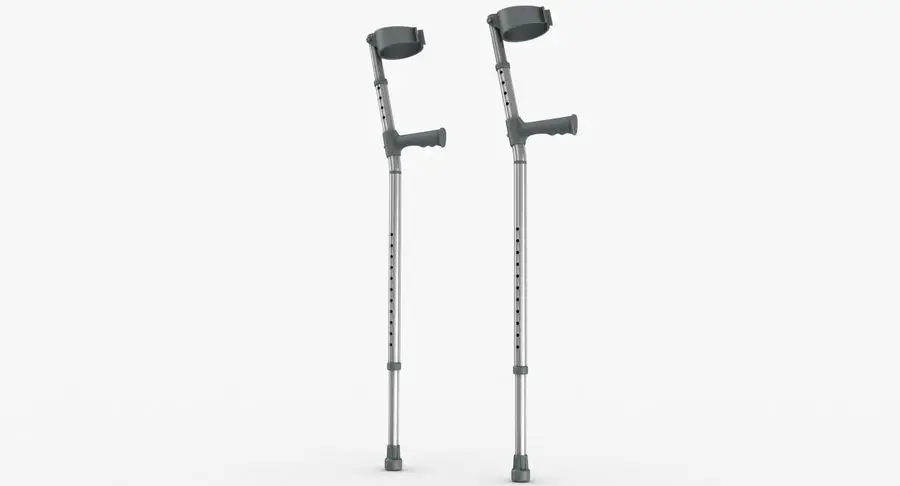Are you faced with the tough decision of choosing between a group 2 and a group 3 power wheelchair?
Let me guess.
You’ve been searching around town for a power wheelchair that allows move around and exercise your limbs. No pressure there!
This article covers everything you should know about group 2 and group 3 power wheelchair, their differences, and factors to consider before selecting the most suitable power wheelchair for your mobility.
Table of Contents
- What is a Group 2 Power Wheelchair?
- What is a Group 3 Power Wheelchair?
- What are the Differences between a Group 2 Power Wheelchair and a Group 3 Power Wheelchair?
What is a Group 2 Power Wheelchair?

First, let’s remove one drawback from the way. A group 2 power wheelchair base may have some obstacle climbing restrictions than a group 3 power wheelchair. But, with that out of the way, this mobility aid is highly effective and reliable for moving if you have a walking disorder.
A group 2 power wheelchair typically has six wheels for improved stability. It also comes with longer battery life compared to scooters. But that’s not all. Thanks to the tighter turning radius, a group 2 power wheelchair allow easy navigation, even within limited spaces. This power wheelchair can also drive at an increased rate of up to 4mph.
The seatings system features the Captain’s style. It has no skin protection component and other multi-power seat functions. So, the group 2 power wheelchair may not be a great choice if you need power elevating leg rest, recline, power tilt, etc.
Note that the group 2 power wheelchair is considered a simple rehab technology and requires no written order from a therapist. You can easily walk into a store and buy a group 2 power wheelchair for yourself. But the group 3 power wheelchair does require a sort of OT evaluation or recommendation. But more about that later.
Related: Hemi Height Wheelchair vs. Standard Wheelchair: Here’s the Right One to Choose
Let’s look at the common diagnosis for a Group 2 power wheelchair.
- CHF
- COPD
- Peripheral Neuropathy
- Arthritis
What is a Group 3 Power Wheelchair?

As earlier mentioned, a group 3 power wheelchair requires an OT evaluation or a written order from a specialist. This mobility aid is specially reserved for severely impaired patients unable to work due to illness, spinal cord injuries, lacteal sclerosis, etc.
A group 3 power wheelchair has batteries with a longer shelflife than the group 2 power wheelchair. It also gives higher speed, up to 6mph. Its navigation and community access are unmatched, with its bases having improved suspension.
There’s improved security for patients using the group 3 power wheelchair. There are additional seating and wheel drive options. Here’s the best part. You can safely navigate obstacles like bumps on the way.
You can also program several drive profiles to fit your needs and environment at a given time. Check out the common diagnosis for a group 3 power wheelchair based on experts’ recommendations.
- ALS
- Cerebral Palsy
- Multiple sclerosis
- Traumatic brain injury
- Spinal cord injury
- Muscular dystrophy
Related: Bariatric Wheelchair vs. Standard Wheelchair: Here’s the Right Choice
What are the Differences between a Group 2 Power Wheelchair and a Group 3 Power Wheelchair?
The only way to get the most out of your power wheelchair is to buy the one that’s more appropriate for you. Don’t forget there are varying power wheelchairs with specific uses. Knowing their differences goes a long way in your selection process.
So, I have outlined the major differences between a group 2 power wheelchair and a group 3 power wheelchair in this section. After reading this article, you would easily differentiate a group 2 power wheelchair from a group 3 power wheelchair. You will also have figured out the one that’s perfect for you.
Differences in seating style
First off, there’s a huge noticeable difference between group 2 and the group 3 power wheelchair seating arrangements. The former has captain-style seating while the latter has rehab-style seating. This difference is quite apparent. The rehab-style seating in the group 3 power wheelchair can accommodate a wide range of seat options for comfort and ease of use.
Verdict: For more seat options, go for the group 3 power wheelchair
Differences in design
Although the group 2 power wheelchair is a good choice, it’s not the best for people with severe impairment. A group 2 power wheelchair design will not provide comfort and ease of use for people in this category. The group 3 power wheelchair has a great design that meets the needs of people with severe impairment.
Verdict: If you have a severe impairment, go for the group 3 power wheelchair
Related: Power Wheelchair vs. Scooter: Here’s the Right One to Choose
Differences in speed
In the group 2 power wheelchair, the highest speed for motion is 3mph, which matches our average walking speed. But it’s a little higher in the group 3 power wheelchair, which can move at 6mph. Although specialists advise patients using the group 3 power wheelchair to move at 4.5mph, you can still go at 6mph if you want to move faster.
Verdict: The group 3 wheelchair is a better option if you want higher speed
Differences in terrain
A group 2 power wheelchair can mount walkways of 1.5 inches, but a group 3 power wheelchair will mount walkways of 2 inches. See the difference? Additionally, a group 2 power wheelchair can handle gradients of 6 degrees while a group 3 power wheelchair will handle gradients of up to 7.5 degrees without difficulty.
Verdict: The group 3 chair is a better choice
Differences in efficiency
The group 3 power chair has a higher efficiency than the group 2 power wheelchair. This feature includes the climbing power and the driving radius. It turns out that group 3 power wheelchairs are thoroughly analyzed, experimented with, and fashioned with high product engineering design and procedures.
Verdict: The group 3 wheelchair is more rugged
Differences in added electronics
The group 3 power chair has features that put the patients in control of the equipment. This feature is absent in the group 2 power chair, considered for elementary use. The group 2 power wheelchair has no added electronics for the users.
Verdict: The group 3 power wheelchair wins in terms of features
Differences in battery capacity
There’s also a difference between a group 2 power wheelchair battery range and a group 3. While a group 2 power wheelchair battery travels at 7 miles between charges, the group 3 power wheelchair travels at 12 miles between charges.
Verdict: For longer battery life, the group 3 wheelchair is the better option
Differences in suspension
A group 3 power wheelchair must have a suspension. Meanwhile, it is optional for the group 2 power wheelchair. The suspension features in a group 3 power wheelchair help to absorb shock on motion (hard terrains and bumps). It is important that the group 3 power chair patients feel safe and comfortable while moving.
Verdict: The group 3 wheelchair wins




